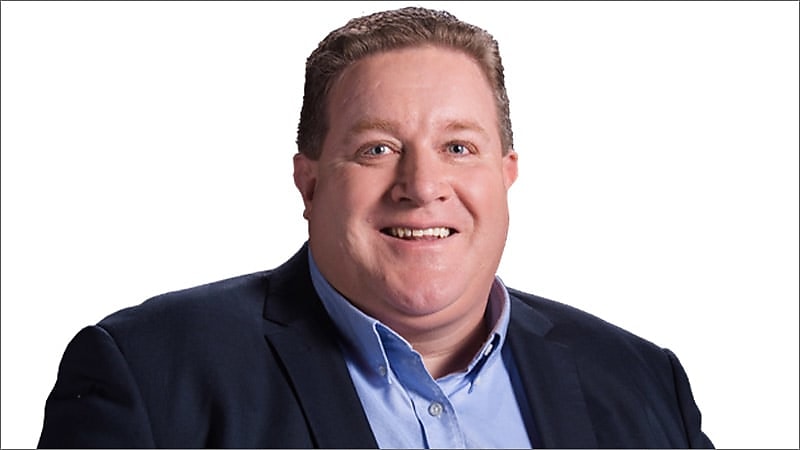Traditional long-term investment strategy makes Div 296 difficult to manage: expert
Although it is a principle of Australian superannuation that funds must have liquidity to manage prospective liabilities, the nature of taxing unrealised gains is that members may have invested for the long term with no intention of selling for many years, a leading SMSF specialist adviser has said.
Liam Shorte, managing director of SONAS Wealth, told SMSF Adviser that rental income and other fund income may easily meet expected liquidity requirements planned for the next 10 years, but by implementing the Division 296 tax, the government is introducing a new tax for which most SMSFs had not planned.
“Also consider when it is mentioned that SMSFs should have liquidity to manage future tax liabilities,” Shorte added.
“A fund fully in pension phase would presently have no such expectation as its earnings are tax exempt.”
Shorte was responding to comments made in question time last week by Agriculture and Small Business Minister Julie Collins.
Responding to the concerns raised by the National Farmers’ Federation and the Council of Small Business Organisations Australia, Minister Collins said that all super funds should already have sufficient liquidity to meet potential liabilities.
“As I stated in the Parliament, it is already a principle of Australia’s superannuation system that funds have sufficient liquidity to meet existing or prospective liabilities,” she said.
“This is not a new feature of our superannuation system, and any commentary suggesting otherwise is misleading and wrong.”
Shorte said the nature of farming, commercial property, venture capital and even cryptocurrencies is that the values can swing wildly in the short term but have been excellent long-term investments suited to superannuation.
“Introducing a new tax on unrealised gains changes the goal posts and will require funds to hold liquid assets to meet short-term fluctuations or the sale of the assets when a gain has already been reversed in the following financial year.”
“It’s not uncommon for farmland to fluctuate by $1,000-2,000 per acre from good times to drought or flood periods. Commercial property is still trying to recover from post-COVID and rising interest rates.”
Furthermore, he said, SMSFs that are already capped out on contributions may not be able to add funds to provide that liquidity to pay this new tax and many others are running businesses in a very difficult economy.
“They do not have the non-super cash flow to meet the additional tax burden from personal assets as suggested by the minister,” he said.
“Selling a farm or a commercial property can be very hard in periods like this where there simply are no buyers or buyers can’t get funding. Just look at the amount of unlisted property funds that are experiencing low liquidity and extending investment terms to avoid having to sell in a downturn.
“Similarly it is hard to exit a venture capital or private company investment if a business cannot move to a public listing due to market conditions.”








